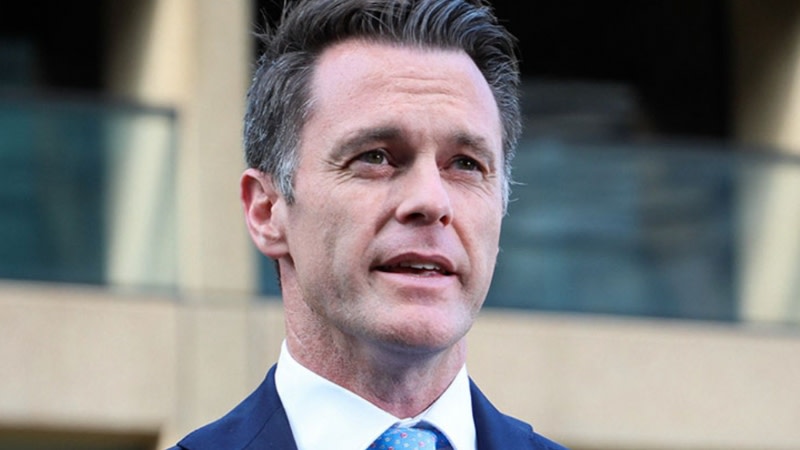NSW Premier Teases Plan B After Racecourse Rejection

New South Wales Premier Chris Minns has said there are backup plans for 25,000 Western Sydney homes after a bid to sell off Rosehill racecourse fell flat.
Australian Turf Club members voted against the $5-billion deal with the NSW Government to sell the racecourse, 22km west of the Sydney CBD by road.
Minns said that looking at the history of the vote, it became apparent several weeks ago that it was “going to be very difficult for it to get up”.
“So we’ve been looking at alternative plans.
“We’re not ready to announce them now, but they’re necessary.”
The 25,000 homes and an underground Metro station were first earmarked for the racecourse site in 2023.
Under the scheme, horse racing training facilities would have been moved west and tracks at Canterbury and Warwick Farm renovated and improved.
Excess funds were to be invested into other training, racing venues and facilities.
While the turf club executives supported the plan, 56 per cent of the members voted against.
Racing identities Gai Waterhouse and Chris Waller led a campaign to save the racecourse.
But the defeat has left the NSW Government with few options for sites that could support such a level of infill development.

“We’ve got proposals that we’re getting ready to roll out for more housing closer to the Sydney CBD,” Minns said during a press conference on Wednesday.
“They’re not ready for me to announce today, and not everyone will love them, but they’re absolutely necessary for Sydney.”
Despite the defeat, Minns said, the Rosehill racecourse plan had produced a positive effect.
“My sense about the Rosehill proposal is, yes, it went down, but it did change the conversation around housing in Sydney for the better, and opened the gates to more urban consolidation and more development,” Minns said.
“And maybe Sydneysiders have started to think, well, maybe we don’t have to have urban slums.
“Maybe we can have beautiful cities like Paris, London, New York, where people do live closely together, but they’re great places.”
Western Sydney needs 24,000 new homes each year to meet forecasted population growth, according to the NSW Department of Planning.













